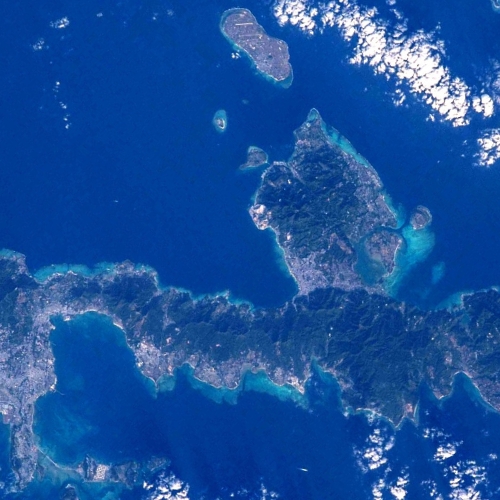Key points from article :
The idea of “blue zones”—regions where people consistently live well into old age—has captured the public imagination, with stories of centenarians from Sardinia to Okinawa inspiring books, diets, documentaries, and even urban planning initiatives. But as Science contributor Ignacio Amigo reports, the origins of the blue zone concept are rooted in rigorous fieldwork. The term emerged when Belgian demographer Michel Poulain and Italian physician Gianni Pes mapped unusually high longevity rates in eastern Sardinia using verified birth records. Their early findings were later amplified by Dan Buettner, an American explorer and storyteller, whose 2005 National Geographic article and subsequent books turned blue zones into a cultural phenomenon and commercial brand.
The article details how scientific rigor gradually gave way to branding. While Buettner’s team emphasized healthy habits like low meat consumption, regular movement, and social ties, critics argue that his recommendations—though broadly sensible—lack strong scientific backing. Some recommendations, such as moderate wine drinking, even contradict current public health guidance. More concerning is the lack of consensus on data quality: researchers like Saul Newman claim many blue zone records are flawed or fabricated, especially in regions with historically poor documentation practices. His provocative critiques challenge the validity of blue zone centenarians and argue that demography as a field has been slow to correct these discrepancies.
Meanwhile, scientific support for a genetic basis for longevity in blue zones remains weak. Although certain mitochondrial or taste receptor gene variants have been found at higher frequencies in some populations, none are consistently associated with long life. Instead, environmental and lifestyle factors—like close-knit communities and low stress—are thought to play larger roles, though proving causality remains difficult. Even within original blue zones, longevity patterns are shifting as modern lifestyles take hold, as seen in places like Nicoya and Okinawa.
Despite the controversies, the blue zone concept endures, though now split between two competing visions: one led by Buettner’s commercial venture, and the other by Poulain’s academic rigor. The recent rejection of southern Galicia as a new blue zone underscores this tension, as rigorous criteria disqualified the region despite its many centenarians. Ultimately, whether blue zones are scientific truth, romantic myth, or something in between, they continue to provoke valuable questions about aging, lifestyle, and the pursuit of longer, healthier lives.





